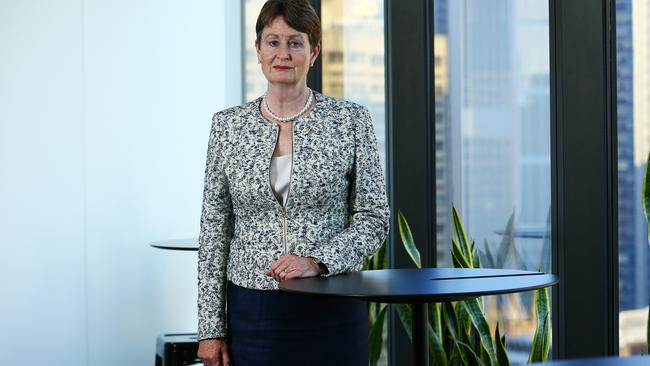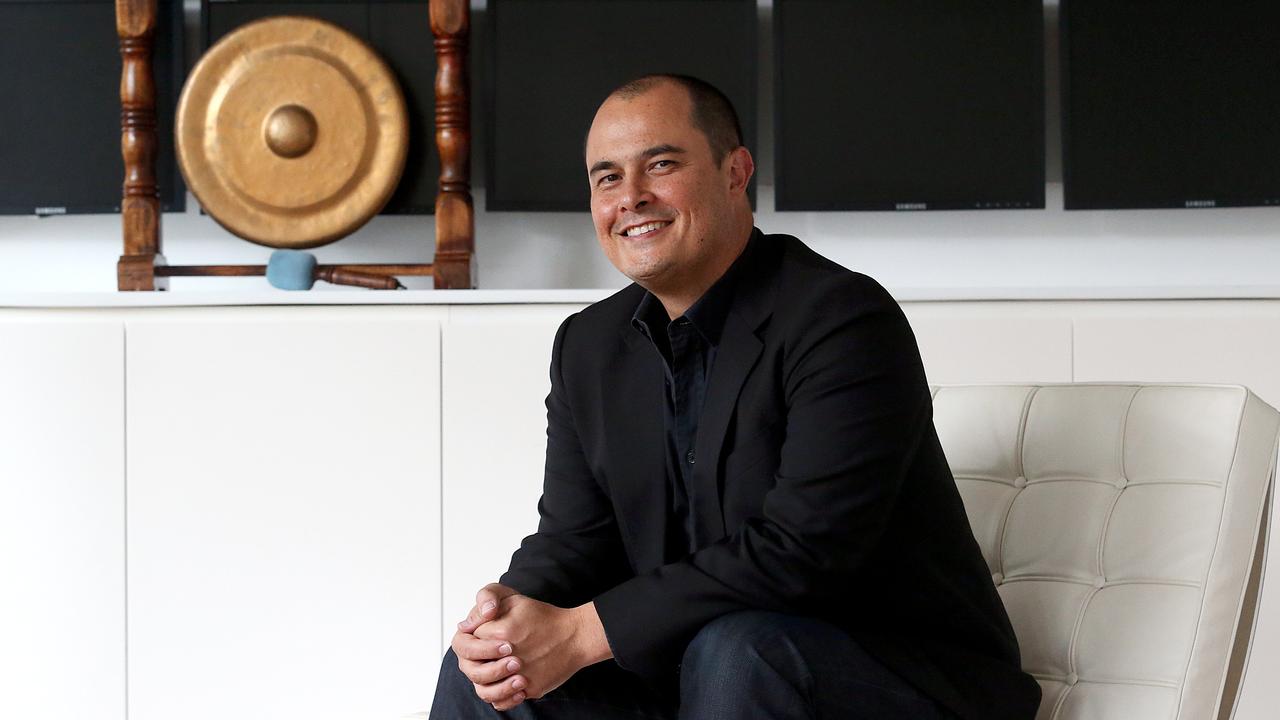CBA chair Catherine Livingstone’s toughest challenge yet
CBA is under siege and chair Catherine Livingstone faces challenges that will test all her skills, and some.

CBA chairwoman Catherine Livingstone now faces her toughest challenge yet.
As Telstra chairwoman, she did an astute job behind the scenes in repairing the telco’s strained relationship with Canberra and overseeing the negotiations for the $11 billion sale of its copper and hybrid fibre coaxial network to the National Broadcasting Network.
But yesterday’s news of a six-month investigation into the bank by the Australian Prudential Regulation Authority — widely seen as made in response to red hot anger from Canberra — presents Livingstone with a herculean task.
Livingstone, who took over as chairwoman of Australia’s largest bank in January this year, now has to deal with a bank under assault from a range of regulatory agencies, an angry Turnbull government, an opposition baying for more political blood, and a potential shareholder class action, while delivering a wholesale reshaping of the bank’s culture — and also continuing to produce strong shareholder returns.
As one of Australia’s most respected company directors, the 61-year-old Livingstone has the experience, fortitude and strength of character to take on the job — but it’s still a very big ask.
Just how well she handles it will affect the livelihood of more than 50,000 CBA staff, several million shareholders and more than 16 million customers.
CBA is not broke. It recently reported a 7.6 per cent increase in net profit after tax to almost $10 billion.
Ian Narev may have critics of his personal style, but he has been a most successful chief executive, if he is judged solely by the numbers.
But the New Zealand-born Narev’s days as CEO are numbered and the job of leading CBA, at least until the arrival of his successor sometime next year, is now very much on Livingstone’s shoulders.
She is chairing a bank with unprecedented action being taken against it from all three major financial regulators: APRA, the Australian Securities & Investments Commission and anti-money laundering agency Austrac, which has filed a civil case in the Federal Court alleging that the bank failed to report more than 50,000 suspicious transactions.
There is now a widespread view that Narev’s successor will have to come from outside the bank. With a new CEO must come some new key executives who are seen as less combative and more politically astute, to begin to repair the public reputation of what is, in strict financial and technological terms, is a very well run bank.
Names already being bandied around include former Westpac executive Rob Whitfield and former CBA executive Ross McEwan, who is now chief executive at the Royal Bank of Scotland after being passed over to become CBA chief executive in 2011.
While former CBA boss Ralph Norris has supported CBA head of retail Matt Comyn as Narev’s successor, Norris is seen as a former insider who helped pave the way for a more aggressive corporate culture at the country’s largest bank.
The federal government is touting yesterday’s announcement of the APRA review as better than the royal commission advocated by Bill Shorten, as APRA can take a deep dive into the allegations against CBA and take action much more swiftly than the Opposition’s alternative.
Whatever the result of the review, it is going to mean big changes for CBA, which Livingstone will have to oversee with a steady hand.
What is not known is how much corporate culture issues, which appear to have got CBA under so much fire, are linked with its profitability.
Were Narev and his team pushing the envelope too aggressively to deliver ever increasing profits? Or are the bank’s problems a result of a series of unfortunate issues and misunderstandings with regulators?
Either way, with three major regulatory agencies probing it from all sides and uncertainty about the bank’s future leadership, the bank’s profitability will inevitably be affected.
Born in Nairobi to British parents, Livingstone has an impressive history of corporate achievement.
Trained as an accountant, Livingstone worked for accounting firm PwC before joining Nucleus. She became chief executive of its subsidiary, bionic ear company Cochlear, in 1994, and floated the company on the ASX a year later.
She has been an independent director of the Macquarie Group.
Livingstone was also chairwoman of the CSIRO from 2001 to 2006 and chairwoman of Telstra from 2009 to 2016.
She was the first woman president of the Business Council of Australia, a role she held for two years from 2014 to 2016.
And she is now a director of engineering company Worley Parsons and chancellor of Sydney- based university UTS.
Some observers are already wondering if Livingstone might have to shed some of her responsibilities to work almost full-time in addressing the issues facing the CBA.
At Telstra, Livingstone was seen as a detail-orientated, hands-on chairwoman who preferred to handle issues quietly behind the scenes and not in the public arena.
The challenges facing her at CBA will test all her skills and more. The bank is financially strong but it is now moving into uncharted reputational waters.
A lot of Australians will be hoping that Livingstone’s experience and steady hand will see the bank through with limited damage.




To join the conversation, please log in. Don't have an account? Register
Join the conversation, you are commenting as Logout